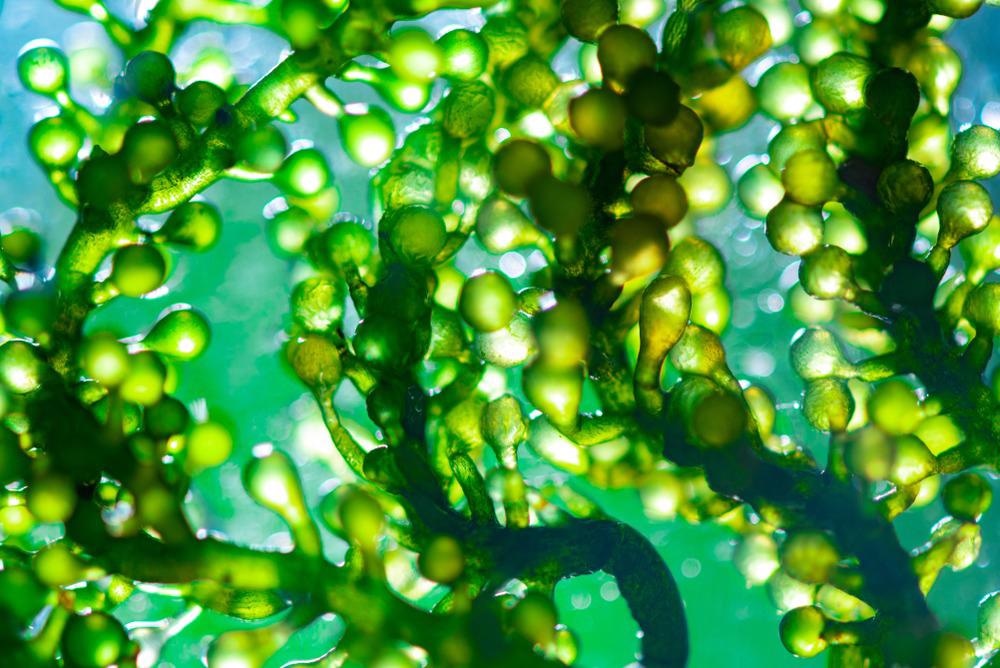In a study published in the journal Materials Today Communications, a novel technique for the synthesis of ZnO/Ag for usage in photocatalytic and anti-algal applications is discussed.

Study: Rapid, continuous, large-scale synthesis of ZnO/Ag hybrid nanoparticles via one-step impinging stream route for efficient photocatalytic and anti-algal applications. Image Credit: Chokniti Khongchum/Shutterstock.com
Drinking contaminated water, particularly dye wastewater pollution, poses possible health dangers to humans and has the ability to stifle economic development.
The quick, cost-effective, and large-scale synthesis of ZnO/Ag nanoparticles with excellent characteristics remains a tough job, especially when maintaining a high Ag removal efficiency throughout the production system. Furthermore, the overproduction of many microalgae in ocean waters has caused severe harm to the natural marine environment as well as huge economic losses.
A good example of such microalgae is Skeletonema costatum (S. costatum), one of the most common marine diatoms. The presence of marine algal bloom episodes may negatively impact the profitability of desalination plants. Many organizations are now devoted to studying effective ways to prevent the spread of S. costatum.
Why ZnO/Ag?
Several nanoparticles have been discovered to have properties that could tackle environmental and marine fouling problems in recent years.
Ag is less costly than Au, Pt, and Pd, making Ag/ZnO one of the most preferred options for improving photocatalytic and anti-algal characteristics. To date, numerous techniques for manufacturing such kinds of nanomaterials in a one-step or two-step procedure have been published, including the wet chemical approach, the simple hydrothermal method, the microwave technique, and the photoreduction approach.
The two-step procedures are inappropriate for industrialization because of their laborious processes, strict experimental conditions, and poor yield. The low removal efficiency of Ag, poor yield, lengthy, and excessive Ag contents inside the material makes a reduction in costs and industrialization for one-step processes problematic.
As a result, it is critical to creating a simple, speedy, cost-effective, major manufacturing production technique for producing high-performance ZnO/Ag nanoparticles.
Importance of Ag Ratio
The Ag proportion of these nanoparticles is important for the materials' photochemical and anti-algae properties. According to earlier data, to assure the Ag saturation in goods, the quantity of Silver Nitrate in the natural resources is generally excessive, which considerably raises the manufacturing cost.
One of the most important variables in obtaining ZnO and Silver nanoparticles with a greater silver concentration is the choice of the correct reductant.
Synthesis Process of ZnO/Ag
In this study, a photocatalyst made of ZnO and Silver hybrid nanomaterials was created utilizing a simple, quick, large one-step impinging stream approach that can produce an extremely engaged nanodomain with significant velocity and shear force.
Because of the expanded contact region and the mixing regularity solution will be greatly improved, resulting in the rapid crystal growth of homogeneous and small ZnO and silver hybrid nanoparticles. The potential reaction procedures were examined based on thorough experimental and characterization findings.
This study presented a viable and efficient technique for producing nanomaterials with exceptional performance on a continual basis.
Using a one-step intruding streaming technique based on a conscience circular infringing flow microreactor, the ideal reductant NaHB4 was employed to synthesize ZnO and silver hybrid nanomaterials with a high silver removal efficiency of 96.87%.
The infringing flow path causes the two-phase solution to have a very high comparative speed and a potent shear force in the injury site, increasing interfacial interaction and blending homogeneity of the multiple raw goods solvent, resulting in faster crystallization and fast development of homogeneous and tiny nanoparticles.
The prepared ZnO and silver nanocomposites demonstrated excellent photocatalytic activity as well as anti-algal properties. Under ultraviolet (UV) irradiation for 15 minutes, 18 minutes, and 12 minutes, respectively, the anti-algal agent ZnO/Ag effectively suppressed the development of S. costatum.
A feasible method of photocatalyst and anti-algae action was proposed based on the categorization and empirical results. Due to their supreme properties, the synthesized compounds are potential candidates for use as photocatalysts and anti-algal agents in a variety of fields.
Continue reading: Using Single Cell ICP-MS to Measure the Increase in Nanoparticles and Ionic/Dissolved Gold by Fresh Water Algae.
Reference
Wang, X., Wang, X., Meng, A., Li, Z., & JingXing. (2022). Rapid, continuous, large-scale synthesis of ZnO/Ag hybrid nanoparticles via one-step impinging stream route for efficient photocatalytic and anti-algal applications. Materials Today Communications, 30. Available at: https://www.sciencedirect.com/science/article/pii/S235249282101103X?via%3Dihub
Disclaimer: The views expressed here are those of the author expressed in their private capacity and do not necessarily represent the views of AZoM.com Limited T/A AZoNetwork the owner and operator of this website. This disclaimer forms part of the Terms and conditions of use of this website.